Why Air Pollution Makes Asthma Worse
If you or someone you care about has asthma, breathing in polluted air isn’t just uncomfortable-it’s dangerous. Every year, air pollution triggers millions of asthma attacks, sends countless people to the emergency room, and makes daily life harder for those already struggling to breathe. The problem isn’t just smoke or smog you can see. Tiny particles like PM2.5, along with gases like nitrogen dioxide and ozone, slip deep into the lungs and spark inflammation. This isn’t theoretical. A 2024 study found that when pollution levels dropped during pandemic lockdowns, asthma patients saw a clear improvement in their symptoms, with better control scores and fewer hospital visits. The connection is real, measurable, and urgent.
How to Check Air Quality Before You Go Outside
Knowing the air quality before stepping out is the first step to protecting yourself. The Air Quality Index (AQI) is a simple scale from 0 to 500 that tells you how clean or dirty the air is. You don’t need to guess-use free tools like the EPA’s AirNow.gov or apps like AirVisual. These give you real-time readings and forecasts.
Here’s what the numbers mean for asthma:
- AQI 51-100 (Moderate): Sensitive groups-like people with asthma-should cut back on long or heavy outdoor activity.
- AQI 101-150 (Unhealthy for Sensitive Groups): Everyone with asthma should reduce time outside, especially during exercise.
- AQI 151-200 (Unhealthy): Avoid prolonged outdoor time. Even light activity can trigger symptoms.
- AQI 201+ (Very Unhealthy to Hazardous): Stay indoors. No exceptions.
One user, ‘AsthmaMom2020,’ shared on the American Lung Association’s forum that using the AirVisual app cut her daughter’s rescue inhaler use in half over six months. That’s not luck-it’s action based on data.
Make Your Home a Safe Haven
Indoor air can be just as bad-or worse-than outdoor air. Cooking, cleaning products, dust, and even outdoor pollution that sneaks in through windows can pile up. The solution? Clean the air inside your home.
High-Efficiency Particulate Air (HEPA) filters are the gold standard. They trap 99.97% of particles as small as 0.3 microns, which includes the PM2.5 that triggers asthma. Look for portable air purifiers with a Clean Air Delivery Rate (CADR) that matches your room size. For a 300-square-foot bedroom, aim for a CADR of at least 200. Brands like Coway and Blueair consistently rank well in independent tests.
Don’t forget your HVAC system. If your home has central air, upgrade the filter to a MERV 13-16 rating. That’s the level recommended by the Asthma and Allergy Foundation of America. It catches more particles without overworking your system. But here’s the catch: 57% of people never replace their HEPA filters on time. Set a reminder every 3-6 months. A dirty filter does nothing-and can even blow trapped gunk back into the air.
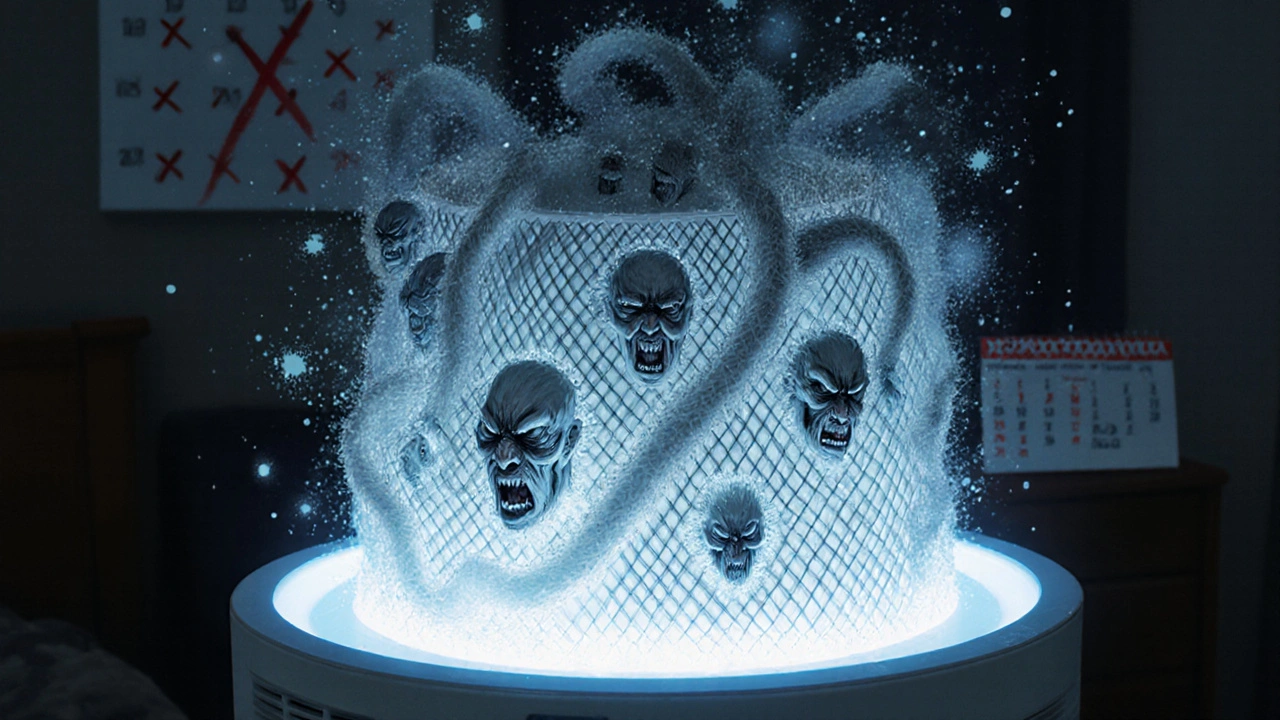
What About Face Masks and N95s?
During wildfire season or high-pollution days, some people reach for N95 masks. They can help-but only if used correctly. An N95 blocks 95% of particles when fitted tightly to the face. But most people wear them loosely, especially kids. Dr. John Balmes from UCSF warns that masks can create a false sense of security. If it doesn’t seal, it doesn’t work.
Also, masks aren’t practical for long-term use. They’re uncomfortable, hard to breathe through during activity, and not safe for young children. They’re a short-term fix, not a solution. Better to stay indoors or use an air purifier. If you do use one, make sure it’s certified by NIOSH and fits snugly. Test the seal by cupping your hands around the edges while breathing in-if you feel air leaking, it’s not working.
How Schools and Workplaces Can Help
For parents and workers, exposure doesn’t stop at home. Schools near busy roads and workplaces with poor ventilation are hotspots for asthma triggers. But change is possible.
In Massachusetts, schools that moved bus parking away from playgrounds and banned idling saw indoor PM2.5 levels drop by 22-35%. Parents reported 41% fewer asthma-related school absences. Similar programs are now spreading to other states.
At work, OSHA doesn’t have a specific air quality standard for asthma, but the CDC recommends keeping indoor humidity between 30-50% to reduce mold and dust mites. A simple dehumidifier-costing $100-$300 a year to run-can make a big difference. Employers should also avoid using strong cleaners or air fresheners near asthma sufferers. Small changes, like opening windows during low-pollution hours or installing air purifiers in break rooms, add up.
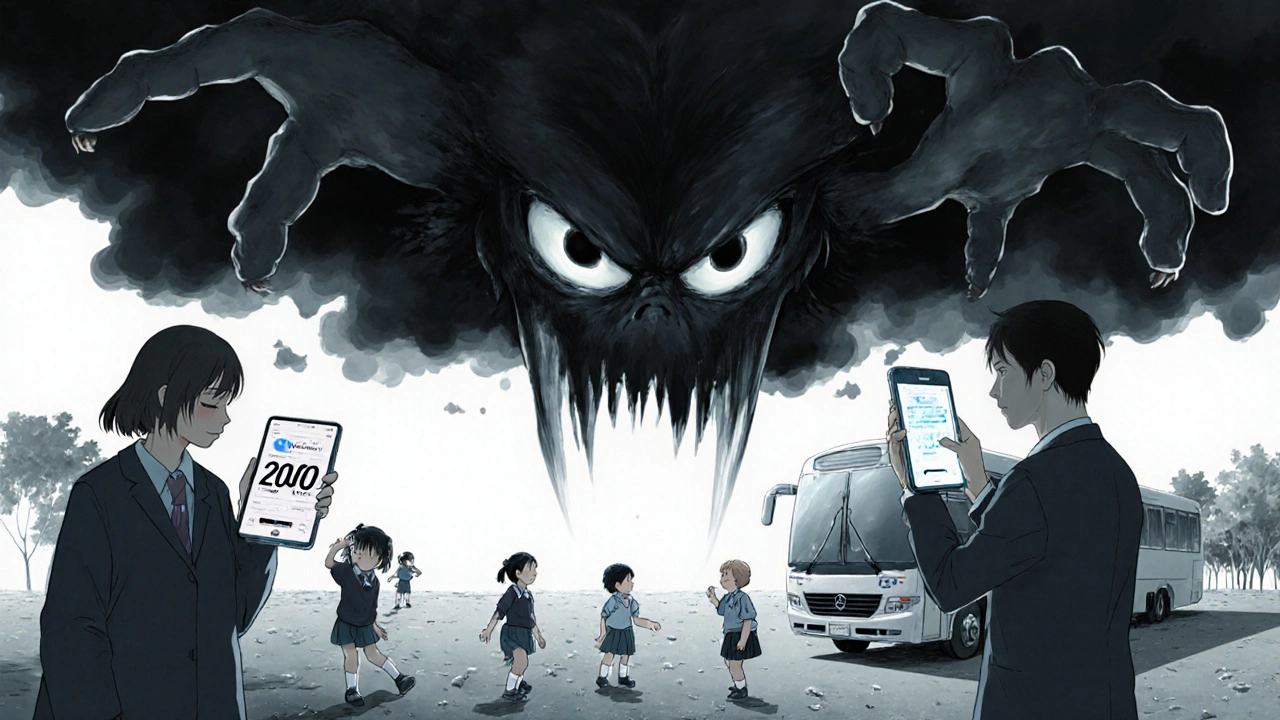
The Bigger Picture: Policy and Long-Term Change
Individual actions matter, but they can’t fix everything. If your city has heavy traffic or industrial pollution, staying indoors all the time isn’t realistic-especially if you work outside or have caregiving duties. That’s why policy change is critical.
The EPA’s current annual PM2.5 standard is 12 μg/m³. But the American Thoracic Society says it should be 8 μg/m³ to truly protect people with asthma. In 2024, the EPA proposed lowering it to 9-10 μg/m³. That’s progress, but not enough.
Meanwhile, cities are taking matters into their own hands. California is replacing all diesel school buses with electric ones by 2035. Early results show up to 60% less pollution exposure for kids. London’s Ultra Low Emission Zone cut childhood asthma hospitalizations by nearly 12% in two years. These aren’t just environmental wins-they’re public health victories.
Real People, Real Results
Not everyone has the money or flexibility to buy a $700 air purifier or quit their job to avoid outdoor pollution. But small, smart steps still work.
One Reddit user, ‘BreatheEasy87,’ spent $700 on a Coway Airmega 400 and saw his nighttime symptoms drop from 4-5 times a week to just 1-2. Another, ‘WheezyWarrior,’ works construction and can’t avoid the outdoors. His solution? He checks the AQI every morning and wears a mask only on the worst days. He also keeps his car’s cabin air filter clean and uses a portable purifier in his truck. He doesn’t have a perfect system-but he’s reducing his exposure.
A 2022 survey found that 68% of asthma patients check air quality, but only 32% change their behavior. The biggest barriers? Work (78%), childcare (65%), and cost (52%). You don’t need to do everything. Start with one thing: check the AQI every day. Then add one more: get a HEPA filter for your bedroom. Progress, not perfection, is the goal.
What to Do Next
Here’s a simple 5-step plan to start reducing your exposure today:
- Download the AirNow or AirVisual app and set up daily alerts.
- Check the AQI before leaving home-especially before exercise or outdoor play.
- Place a HEPA air purifier in your bedroom. Even a $100 model helps.
- Replace your HVAC filter with a MERV 13 or higher.
- Ask your doctor about an Asthma Action Plan that includes pollution triggers.
If you’re a parent, talk to your child’s school about their air quality practices. If you’re an employer, consider installing air purifiers in shared spaces. Every step counts.
Can air pollution cause asthma, or just make it worse?
Air pollution doesn’t cause asthma in everyone, but it’s a major factor in developing it-especially in children. A 2019 study in The Lancet Planetary Health found that air pollution contributes to about 4 million new pediatric asthma cases each year worldwide. It triggers inflammation in developing lungs, making kids more likely to develop asthma if they’re genetically at risk. For those already diagnosed, pollution makes symptoms worse and increases the chance of attacks.
Do air purifiers really help with asthma?
Yes, when used correctly. A 2021 Johns Hopkins study showed HEPA air purifiers reduced indoor PM2.5 by 55-67%. People using them reported fewer nighttime symptoms, less wheezing, and lower inhaler use. The key is matching the purifier’s Clean Air Delivery Rate (CADR) to your room size and replacing filters on time. A poorly sized or dirty purifier won’t help-and may make things worse.
Is it safe to exercise outdoors with asthma during high pollution?
It’s risky. Exercise makes you breathe deeper and faster, pulling more pollutants into your lungs. At AQI levels above 100, even light outdoor activity can trigger symptoms. The best approach is to move workouts indoors-on a treadmill, in a gym, or even in a well-ventilated home. If you must go outside, do it early in the morning when pollution is lowest, and avoid busy roads. Always carry your rescue inhaler.
How often should I replace my HEPA filter?
Every 3 to 6 months, depending on usage and air quality. In high-pollution areas or during wildfire season, replace them more often. Consumer Reports found that only 43% of users replace filters on schedule. A clogged filter loses efficiency and can release trapped particles back into the air. Check your manual, set a calendar reminder, and don’t wait until the device says ‘replace.’
What’s the best way to protect my child with asthma from school pollution?
Start by asking the school if they’ve moved bus drop-off zones away from playgrounds and if they enforce anti-idling policies. Check if they use MERV 13+ filters in HVAC systems. Consider getting a portable HEPA purifier for your child’s classroom if allowed. Also, teach your child to avoid playing near roads during peak traffic hours. A 2022 Massachusetts study showed these steps reduced asthma-related absences by 41%.
Will climate change make air pollution and asthma worse?
Yes. Rising temperatures increase ground-level ozone, a major asthma trigger. Wildfires are becoming more frequent and intense, spiking PM2.5 levels across large regions. The American Public Health Association warns that without strong policy action, climate change could raise ozone-related asthma cases by 10-15% by 2050. That’s why reducing emissions isn’t just about the environment-it’s about protecting lung health for future generations.
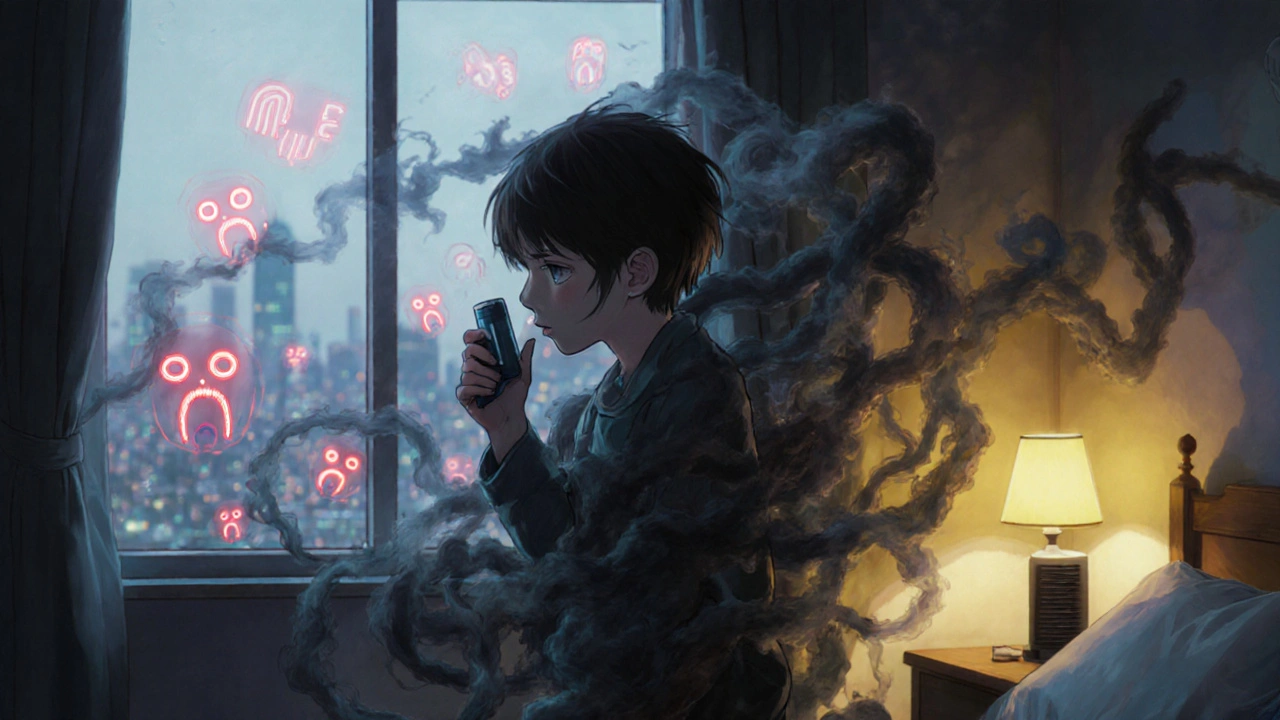

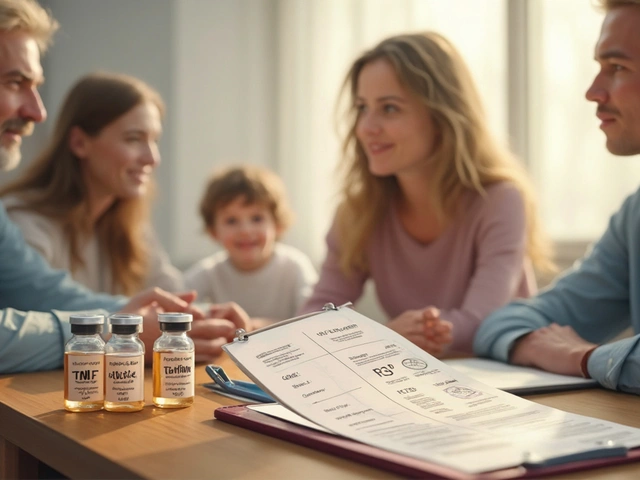

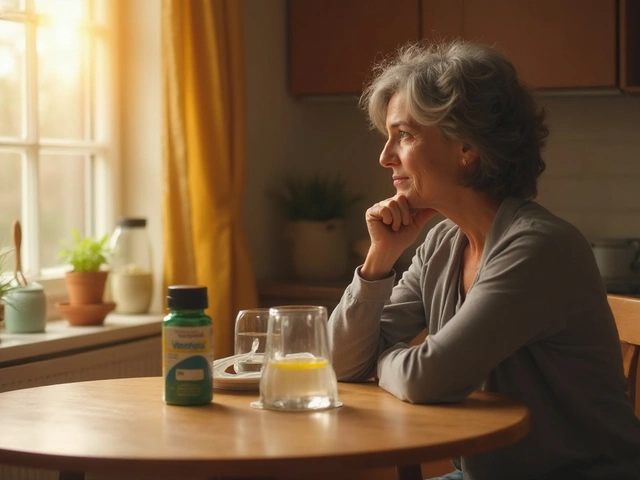

13 Comments
Alex Dubrovin
November 24, 2025 AT 05:20 AMJust started using AirVisual and my nighttime coughing dropped hard. No more 3am inhaler runs. Small win, but it matters.
Adam Hainsfurther
November 25, 2025 AT 16:51 PMI've been using a MERV 13 filter in my HVAC for a year now. Noticed a huge difference in my morning congestion. The key is consistency - don't let it slide. Replace it before it looks dirty, not after.
stephanie Hill
November 26, 2025 AT 13:42 PMThey say HEPA filters help but have you seen what's really in the air? The government's AQI is a joke. They're hiding the real toxins - nano-plastics, chemtrails, 5G-induced lung irritation. My purifier doesn't even touch half of it. I wear a mask indoors now.
Victoria Stanley
November 28, 2025 AT 06:05 AMIf you're on a budget, start with a $50 HEPA filter for your bedroom. It's not glamorous, but sleeping in cleaner air is the single best thing you can do for asthma control. I've seen patients cut their rescue inhaler use by 60% just with this one change.
steven patiño palacio
November 29, 2025 AT 21:59 PMThe EPA’s proposed PM2.5 standard of 9–10 μg/m³ is a step forward, but it’s still 125% higher than the American Thoracic Society’s recommended 8 μg/m³. Policy must catch up with science - not the other way around. We’re talking about children’s lungs here.
Natashia Luu
November 30, 2025 AT 04:48 AMI used to think air purifiers were a scam. Then my daughter had a near-fatal attack during wildfire season. We got a Coway. She hasn’t needed an ER visit in 14 months. I’m not crying. I’m not. I just… I just wanted to say thank you for this article.
Andy Louis-Charles
November 30, 2025 AT 16:14 PMN95s are overrated 😅 Most people wear them like scarves. I got a proper fit-tested one for work and it’s a game-changer. But honestly? Staying inside on bad days beats masking up. I just reschedule my runs for 6am now. 🌅
Rachael Gallagher
December 2, 2025 AT 14:58 PMThis is all nice for people who don’t work outside or have kids in school. My job is on a loading dock. I can’t afford a $700 purifier. My kid’s school still idles buses by the playground. Who’s fixing this? Not me.
Douglas cardoza
December 2, 2025 AT 17:35 PMI tried the app thing. Got overwhelmed. Now I just look out the window. If it’s hazy, I stay in. Works 80% of the time. No fancy gadgets needed.
Vineeta Puri
December 3, 2025 AT 22:19 PMTo the parent who mentioned school bus pollution - please reach out to your PTA. In Delhi, parents formed a coalition that successfully moved bus routes. Change is possible when we speak up together. You are not alone.
akhilesh jha
December 5, 2025 AT 00:46 AMIn India we have no AQI data in half the cities. We use the wind direction. If smoke is coming from the highway, we close windows. Simple. Effective. No app needed. Just eyes and experience.
Akash Chopda
December 6, 2025 AT 13:12 PMThey say pollution causes asthma but what if its the vaccines or the water fluoridation or the 5G towers that make lungs weak and then pollution just shows the truth
Jeff Hicken
December 6, 2025 AT 23:59 PMI got the Coway. Paid 700 bucks. Still wheeze. Probably the air in my house is cursed. Or my dog. Or my ex left bad vibes. Who knows. I’m just gonna blame the government.